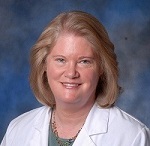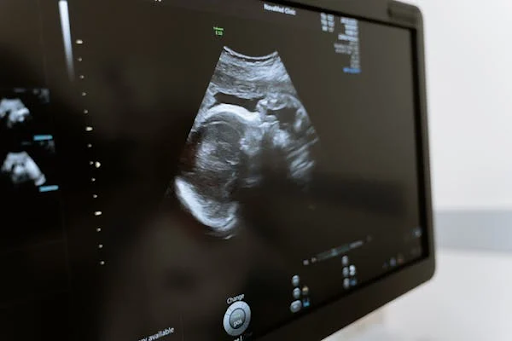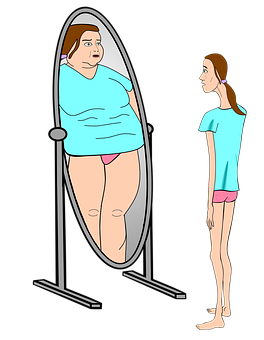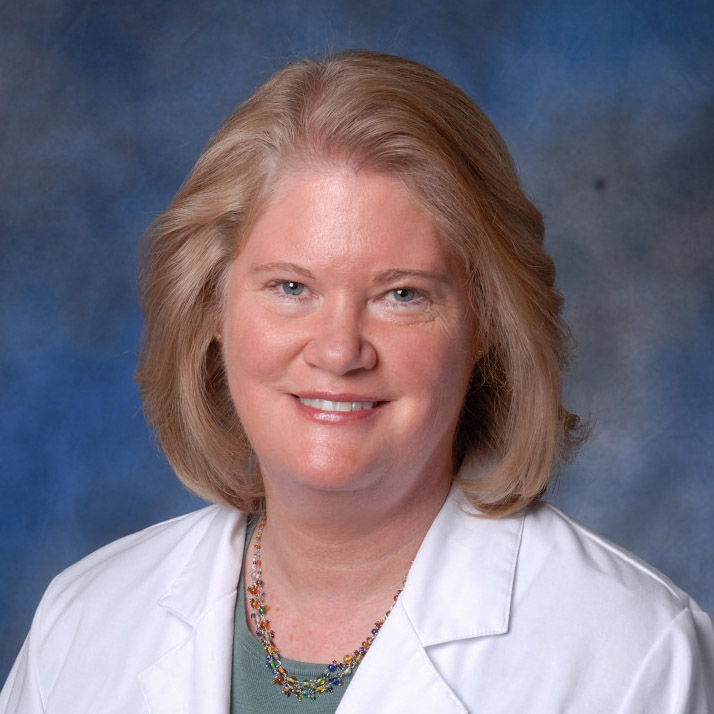 Women’s bodies are visibly different from their male counterparts. We have more curves, we have breasts, we don’t grow nearly as much hair, barring certain hormonal medical conditions. However, according to Marla Ahlgrimm, these differences go much further. Today, the retired author and women’s health care expert offers up seven facts about women’s bodies that you may not have known.
Women’s bodies are visibly different from their male counterparts. We have more curves, we have breasts, we don’t grow nearly as much hair, barring certain hormonal medical conditions. However, according to Marla Ahlgrimm, these differences go much further. Today, the retired author and women’s health care expert offers up seven facts about women’s bodies that you may not have known.
Women have stronger immune systems than men.
According to Marla Ahlgrimm, it’s more than an old wives tale that women live longer than men. While some of this can be attributed to man’s inherent risk-taking nature, women may also have a genetic leg up where life length is concerned. Some researchers believe that women have a stronger inner defense mechanism thanks to the hormone estrogen. Further, evolution may have given women greater ability to fight off viruses and germs because the human body is designed to birth and care for the next generation.
Women have a better memory.
If your husband has ever asked you where he left his keys, and you knew just from a fleeting glance from the night before that they were up underneath the water bill on the left side of the kitchen island, then you already know you have a better memory. Women’s memorization skills go far beyond just knowing where things are. Marla Ahlgrimm explains that some studies indicate that women remember faces better and speculate that women simply study facial features unconsciously more than men.
Women may be able to survive injuries better.
Female sex hormones for the win again. Estrogen and others may be responsible for the fact that women, specifically those in the 13 to 64-year age group, tend to survive traumatic injuries much more than men, says Marla Ahlgrimm.
Women’s bodies go through remarkable changes throughout pregnancy.
Obviously, a woman’s stomach expands to accommodate a baby and then contracts after birth. But what many people don’t realize is that the uterus starts out about the size of a fist and grows larger than a watermelon. Another interesting fact that Marla Ahlgrimm thinks everyone should know: women’s bodies are built to accept pain better than men’s. Contractions are a great example; this process exerts nearly 400 pounds of pressure on the uterus.
Women are more flexible.
According to Marla Ahlgrimm, the muscles and tendons in a female’s body contain more elastin. This is a protein that gives us the ability to stretch and maintain flexibility. Women also have more flexible pelvic areas as our bodies have adapted to childbirth.
Women need more sleep.
If you’re a husband, you might want to tuck your wife in about 20 minutes earlier than you each night. Women’s and men’s internal clocks and circadian rhythm don’t necessarily sync up. Most women naturally wake up earlier than their male relatives, but we need more sleep.
Women’s muscles are built for endurance.
 Marla Ahlgrimm acknowledges that men are naturally stronger than women of the same size. However, women can endure physical exercise around 75% longer than a man. Marla Ahlgrimm also suggests that estrogen is what makes us more resilient here, and also notes that our metabolism may be more efficient than men, who are traditionally larger pound for pound.
Marla Ahlgrimm acknowledges that men are naturally stronger than women of the same size. However, women can endure physical exercise around 75% longer than a man. Marla Ahlgrimm also suggests that estrogen is what makes us more resilient here, and also notes that our metabolism may be more efficient than men, who are traditionally larger pound for pound.
Marla Ahlgrimm says that men and women’s bodies have evolved for different reasons. Men are naturally the hunters and gatherers while women give birth and raise young. Although traditional, societal gender-based roles can change from generation to generation, biology takes thousands of years, and women’s bodies have become the perfect machines they are over the course of the last 200,000 years since the time of our Neanderthal ancestors.










 Foot pain is a major concern among women who tend to wear less-than-comfortable shoes more often than not. According to
Foot pain is a major concern among women who tend to wear less-than-comfortable shoes more often than not. According to  According to Marla Ahlgrimm, the best way to take care of your feet is to wear properly fitting shoes. Women should also take their nail polish off often and clean under the toenails. The feet should be moisturized, and Marla Ahlgrimm also recommends leaving the flip-flops at home unless you’re heading to the beach. Shoes should be well-fitted and support the foot’s natural arch.
According to Marla Ahlgrimm, the best way to take care of your feet is to wear properly fitting shoes. Women should also take their nail polish off often and clean under the toenails. The feet should be moisturized, and Marla Ahlgrimm also recommends leaving the flip-flops at home unless you’re heading to the beach. Shoes should be well-fitted and support the foot’s natural arch.








 Marla Ahlgrimm has co-authored two ground-breaking books,
Marla Ahlgrimm has co-authored two ground-breaking books,